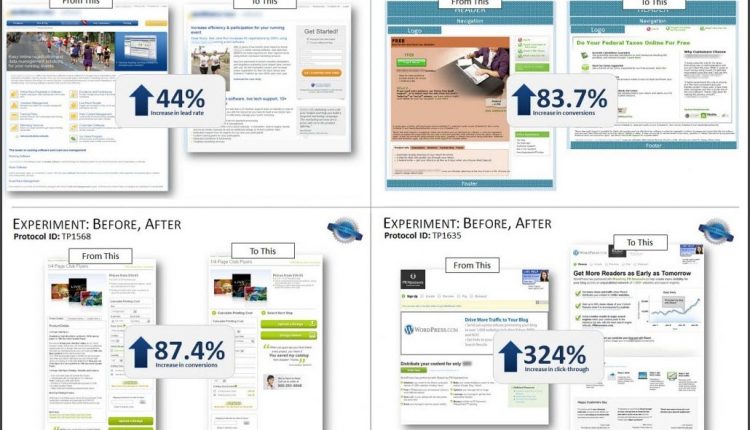Snapchat. Mobile marketing. Virtual reality. Marketing automation.
As marketers, we have a tendency to focus on the newest, buzziest, most-hyped ideas and look at the giants whose shoulders upon which our industry stands.
Claude Hopkins lived far before any of these buzzy terms. Even before TV commercials. He’s one of the most influential advertising professionals in history, yet many modern marketers have probably never heard of him. After all, his seminal work – Scientific Advertising – was published almost 100 years ago.
Hopkins’ career resided in a sweet spot for influencing our industry. His research pre-dates and informed David Ogilvy and Rosser Reeves (aka Don Draper). In fact, in Ogilvy on Advertising, Ogilvy says, “Nobody should be allowed to have anything to do with advertising until he has read [Scientific Advertising] seven times. It changed the course of my life.”
Yet Hopkins arrived after earlier pioneers like Walter Scott and Daniel Starch, so his teachings were informed by not just opinion, but data. As he says in his book, “Advertising, once a gamble, has thus become, under able direction, one of the safest business ventures.”
Hopkins’ discoveries enabled him to be very tactical and practical with the advice he gave to early advertisers. This is advice successful marketers are still putting into practice today, such as:
“We learn the principles and prove them by repeated tests.”
Digital marketing has made A/B testing much easier, quicker, and cheaper. And you can see this dedication to testing and learning rolled out across the web today, as in the landing page tests shown below.
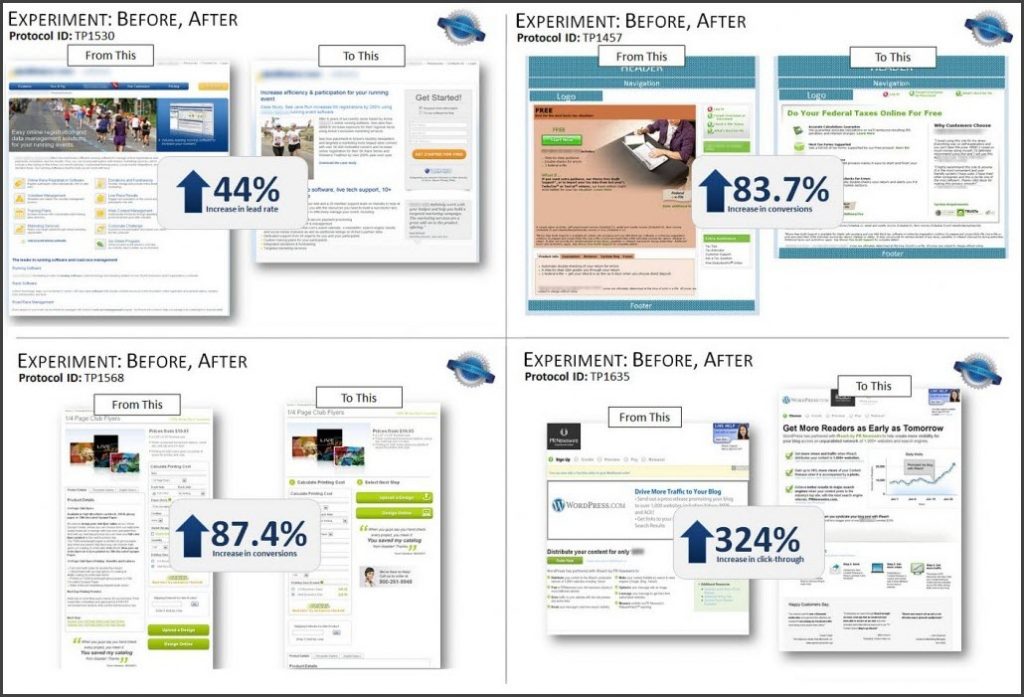
Source: Landing Page Optimization: 6 common traits of a template that works
However, it’s easy for digital marketers to forget that testing did not begin with the invention of the internet, as Claude Hopkins discussed the importance of testing way back in 1923.
“The most common way is by use of the coupon. We offer a sample, a book, a free package, or something to induce direct replies. Thus we learn the amount of action which each ad engenders.”
Measuring marketing tests is much easier thanks to the tracking and measurement inherent to digital marketing, something Hopkins didn’t have the luxury of back in 1923.
However, marketers today are still challenged with measuring the impact of offline advertising, like print ads. And coupons or other incentives are still a good way to measure that ROI.
It works in reverse, as well. Some companies, like this small sporting goods store, use online coupons to track brick-and-mortar store purchases, helping to measure the impact of their online channels.
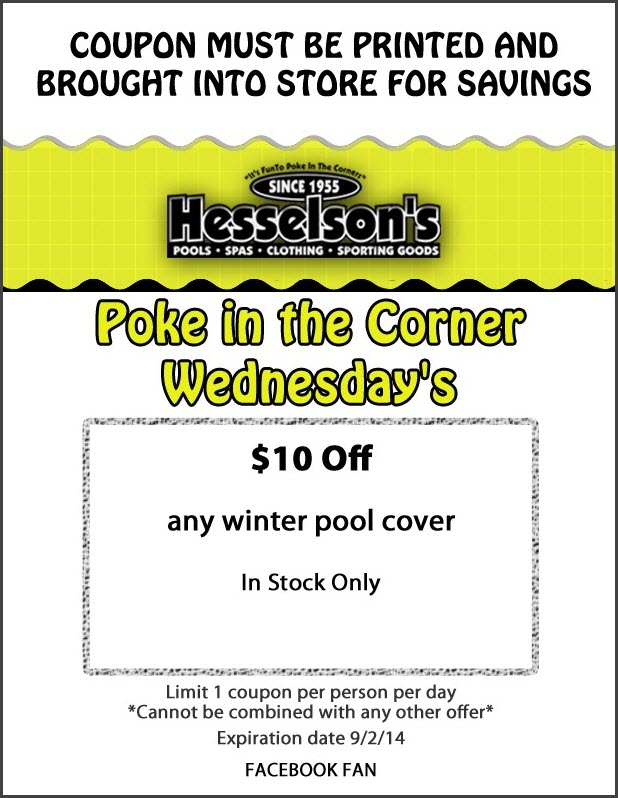
Source: Social Media Marketing: Small sporting goods store sees 1,100% ROI increase with Facebook coupon
“The best ads ask no one to buy. That is useless. Often they do not quote a price. They do not say that dealers handle the product. The ads are based entirely on service. They offer wanted information.”
This quote from Claude Hopkins sounds almost like a very prescient call for content marketing, like the following blog post.
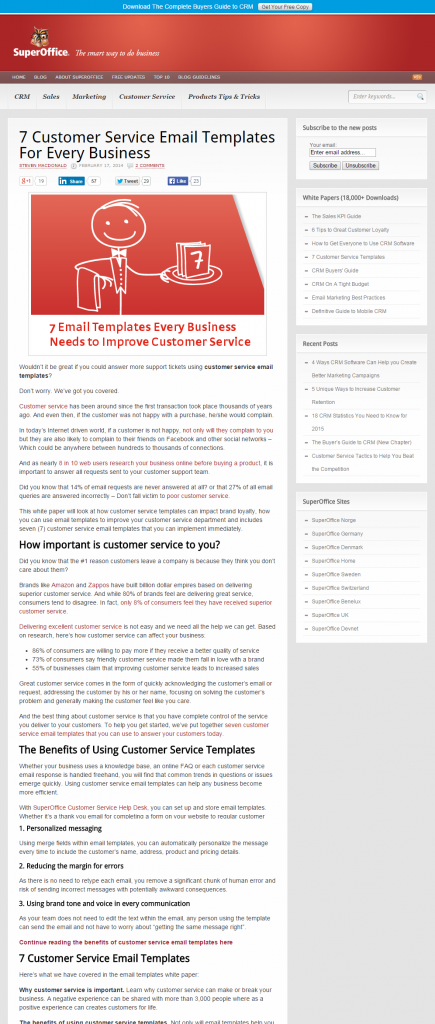
Source: Content Marketing: Multi-channel approach increases organic traffic 97%
“One must be able to express himself briefly, clearly and convincingly, just as a salesman must.”
Unlike other forms of creativity (movies or books) or information (newspapers or magazines), the vast majority of people are not actively searching for ads to read or watch, so the successful marketer must grab attention and convey a message in a very short time.
For example, the classic “Think Small” ad produced by Doyle Dane Bernbach for Volkswagen, which provides a brief, clear, and convincing proposition for a previously unheard of ask for 1959 – buy a small car.
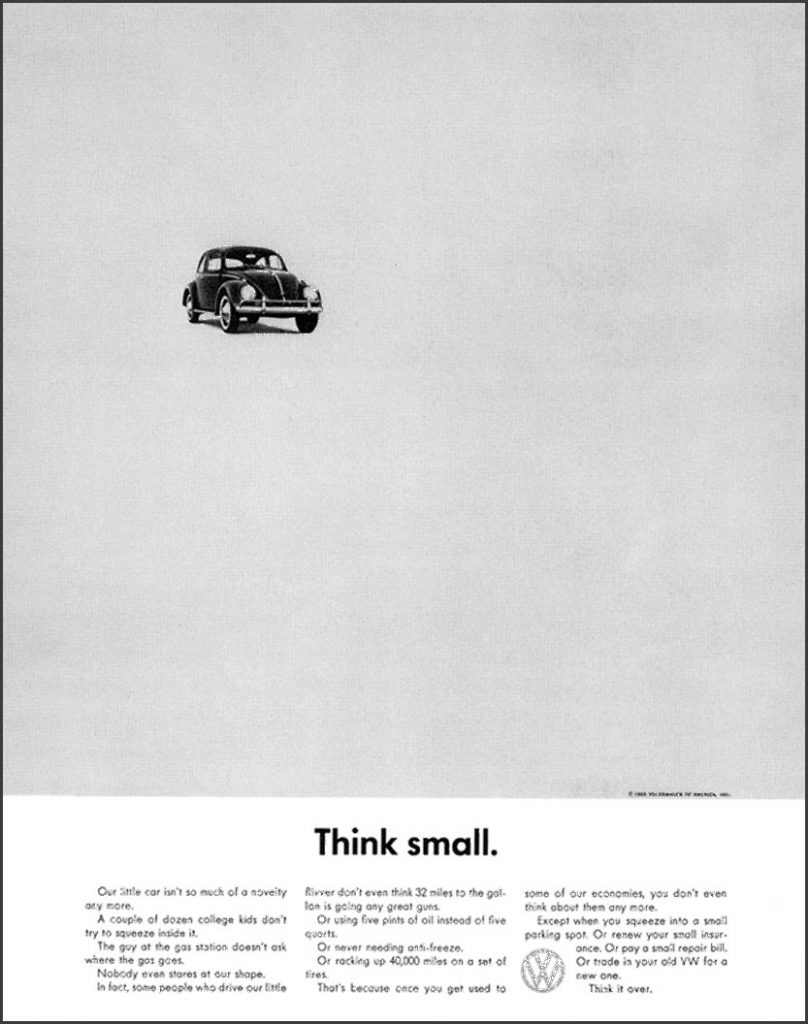
Source: Wikipedia
“Practically all merchandise sold by mail is sent subject to return.”
This was a classic direct mail technique, and Zappos helped bring it into the Internet era.
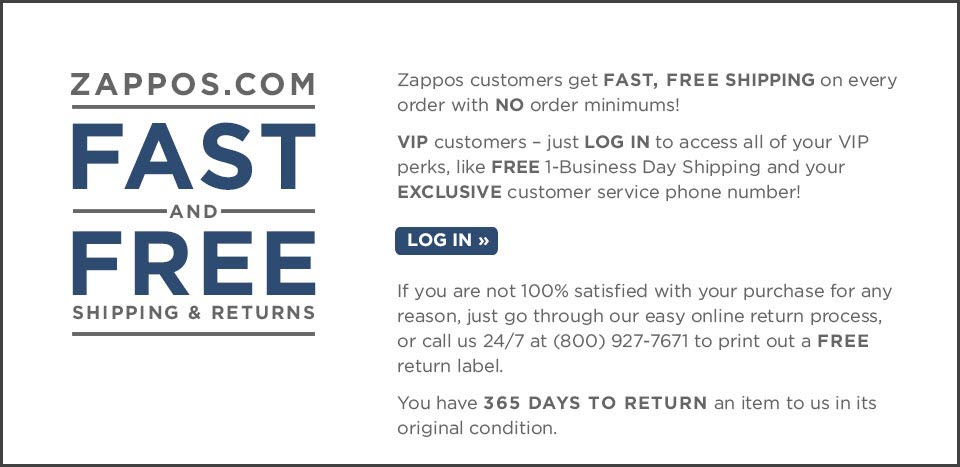
Source: Zappos
“Fine talkers are rarely good salesman. They inspire buyers with the fear of over-influence. They cater the suspicion that an effort is made to sell them on other lines than merit.”
Instead of a slick-talking spokesperson, Monster.com’s legendary Super Bowl ad used children reading lines that poked fun at real-world challenges—challenges that resonated with the ideal customer.
“When I grow up … I want to be underappreciated. Be paid less for doing the same job.”
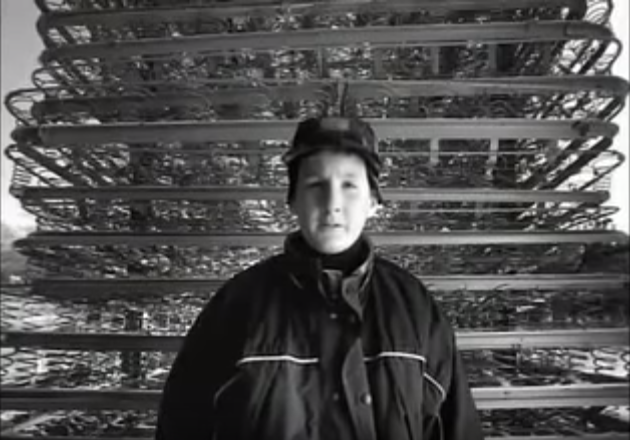
Source: Monster.com – “When I Grow Up” (YouTube)
“Remember the people you address are selfish, as we all are. They care nothing about your interests or profit. They seek service for themselves.”
When you read this quote, it seems like obvious advice, right? But does your company live it? I mean, really live it?
Since you’re also a customer, you know that so many companies don’t. I recently wrote 10 banks asking them the pre-payment penalty for their CDs. Only two actually answered my question. The other eight linked to a long page of terms and conditions and told me I could find my answer there.
Hardly a frictionless experience. Hardly providing service to a selfish customer who could care less about reading their T&Cs.
This experience is true in advertising, as well. Ads can be filled with friction and talk about things that matter more to the company than the customer. Perhaps they grab attention, but do they inspire the customer to act? Does the customer understand what’s in it for her?
“One product that does a great job of explaining its purpose in a straightforward way is Zzzquil,” said Emily Rogers, Senior Marketing Research Manager, MECLABS Institute. “Its TV ad sticks out to me because it explains the benefit of the product from the customer perspective in about 20 words or less.”

“Don’t boast, for all people resent it. Don’t try to show off.”
This is my favorite piece of advice from Hopkins. And we all see ridiculous boasting every day in countless ads.
Copywriters and agencies feel they must sing the praise of the product. After all, they’re getting paid to do it.
Brand-side marketers feel like they need to made huge claims. After all, they’re spending a lot on media, and only have a few seconds of the prospects’ attention to shout louder and bolder than the ad before and after.
Jerry Seinfeld and Acura do a great job of product placement in “Comedians in Cars Getting Coffee” specifically because they don’t boast.

Source: Acura Product Placement with Jerry Seinfeld (YouTube)
Fred Armisen: What’s this?
Jerry Seinfeld: Oh this is just some Acura parts. They told me my product placement was getting a little too heavy handed. So I thought, instead of the whole car…
(Acura drives up and honks)
Acura driver: C’mon man, I’ve got a hot yoga!
(Tires screech, Acura quickly peels out with smoking tires, and anyone in product discovery mode with the intention of buying a sporty car just made a subtle mental note to possibly consider the Acura)
You might also like
Earn a graduate certificate in: Communicating Value and Web Conversion (I came across these lessons from Hopkins because I’m enrolled in this graduate program, a partnership between MarketingExperiments’ parent research organization MECLABS Institute and the University of Florida)
Optimizing Copy: The 7 most common copywriting mistakes we see marketers make



